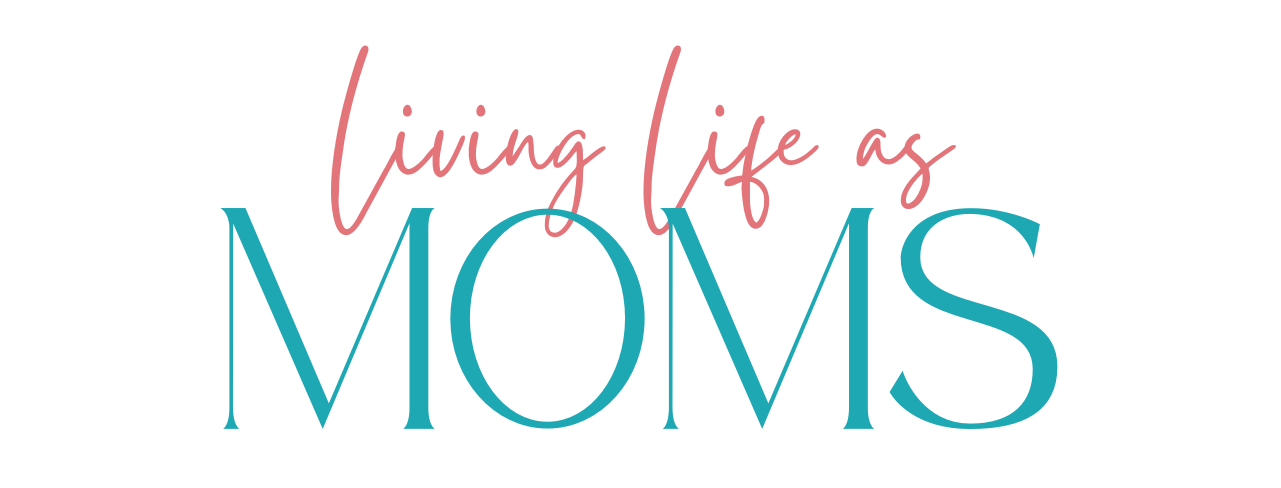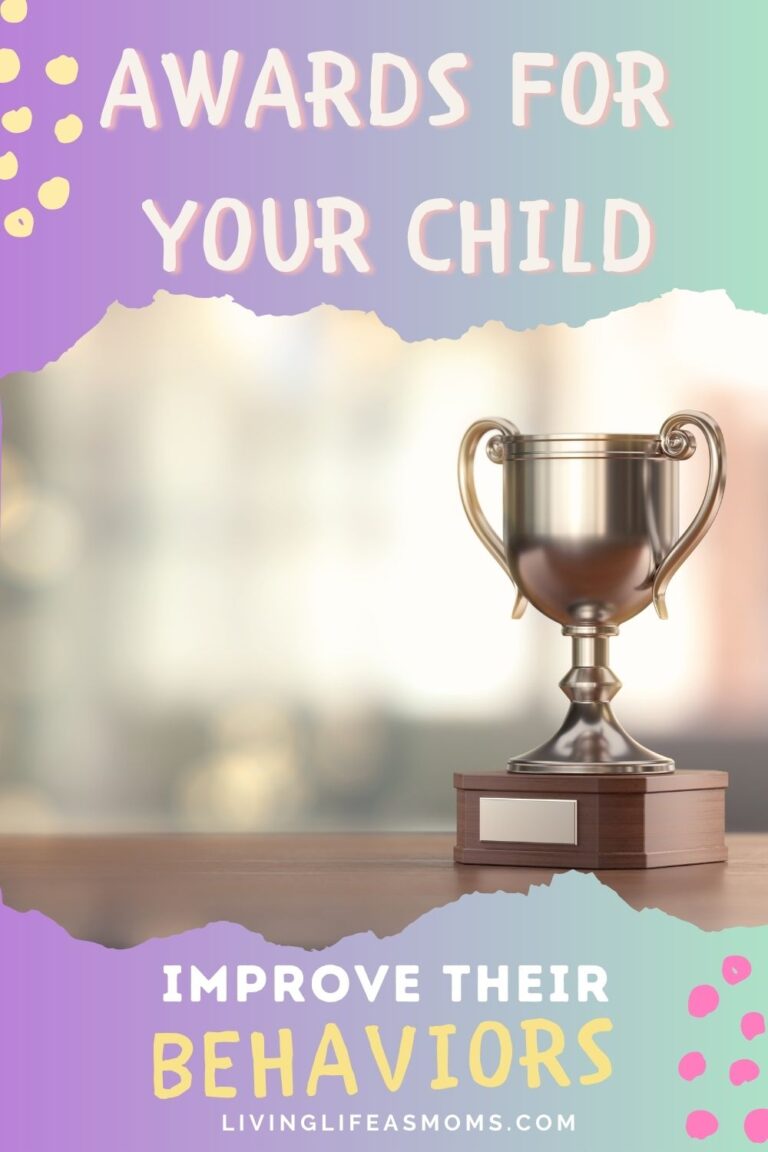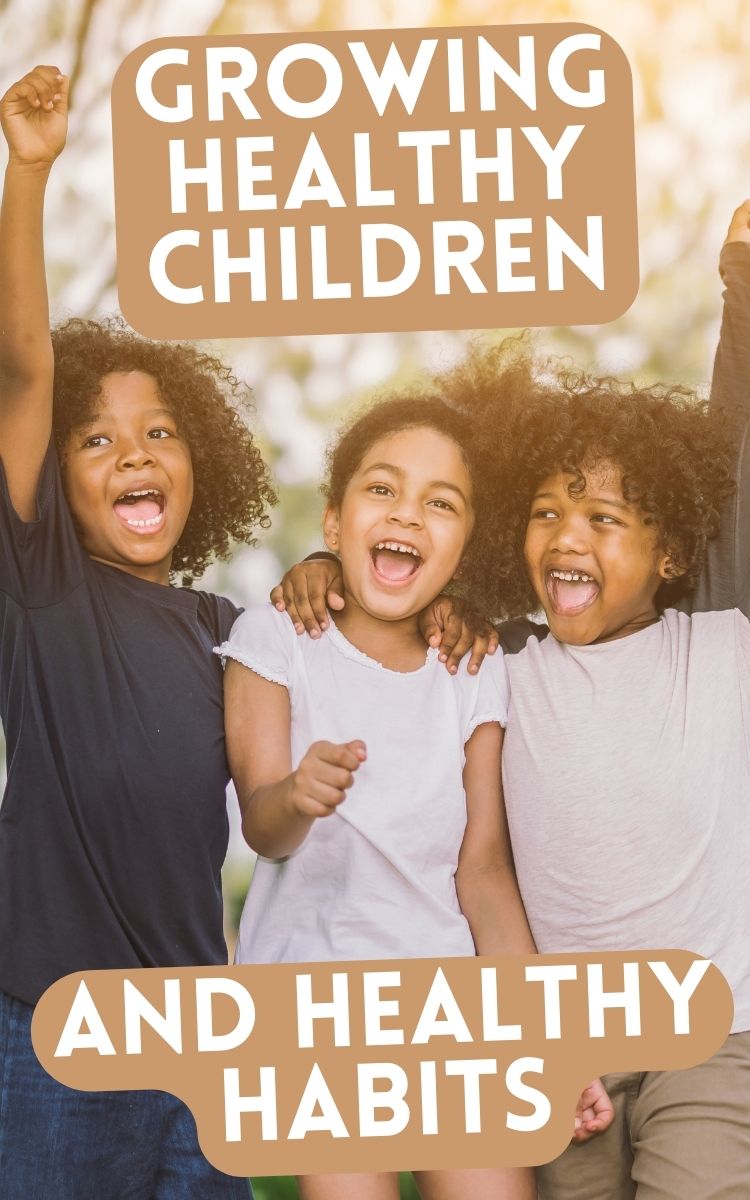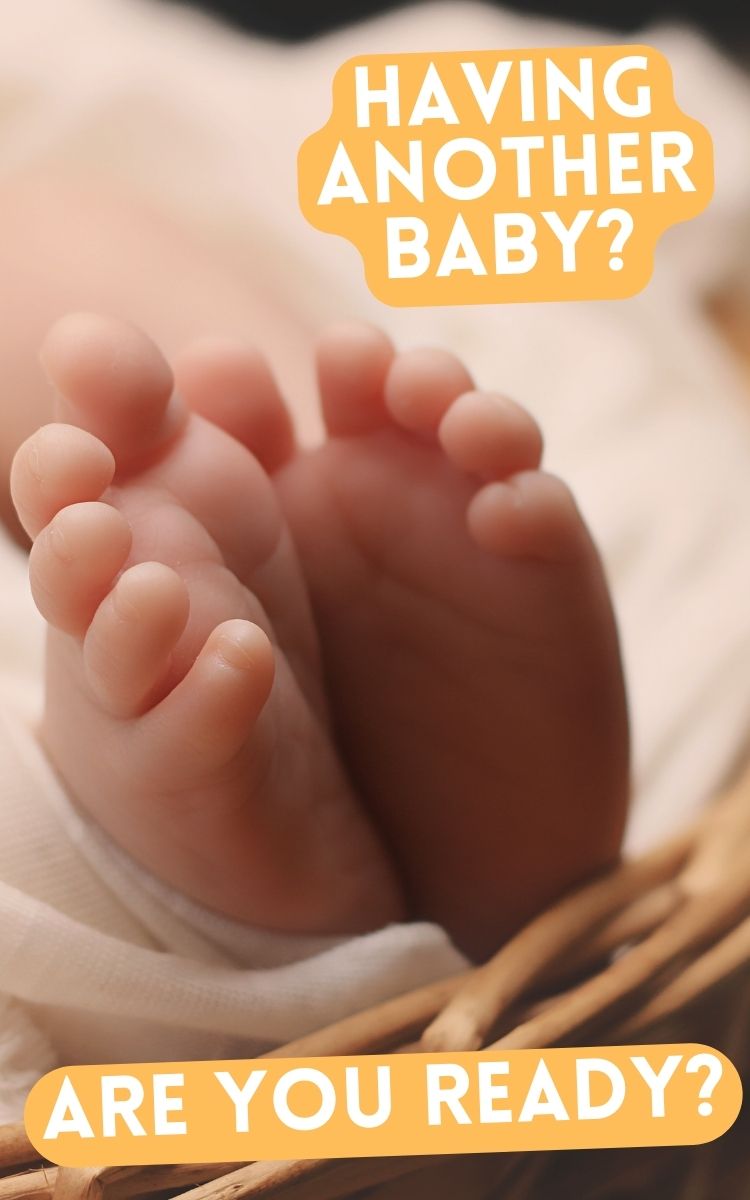Teach Your Child to Say Thank You (Early and Often)

The season of giving is upon us. And that means the season of saying “thank you” a lot — or, of being really, really embarrassed when your kid doesn’t. This article discusses how to teach your child to say thank you, especially during special occasions.
Ah, there are few things worse than seeing the disappointment on Grandpa’s face after your child has ripped open a present, tossed it aside, and moved on to another with not even a glance in Grandpa’s direction.
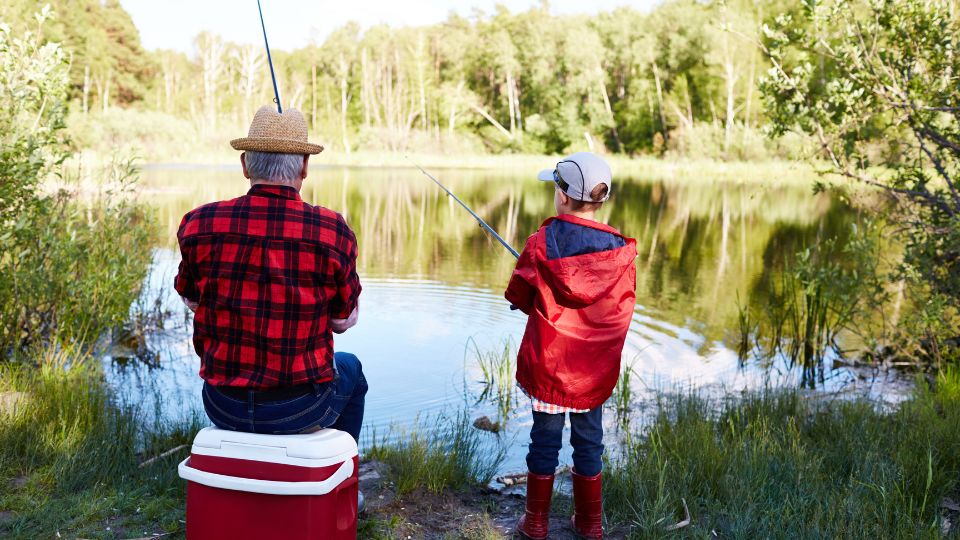
Teach your child to say Thank You!
If you’re like most parents, you’re dismayed and confused at your child’s unwillingness to say “thank you.” After all, she says “please” all the time, right?
There are other parents who think it is OK if their child doesn’t say “thank you.”
They rationalize that saying “thank you” is not natural or developmentally appropriate.
Their child just isn’t ready for such a burden.
I wholeheartedly disagree…
We are social animals. We have lived in packs and clans and tribes for millions of years.
Being a member of a tribe means developing the social skills necessary to keep the tribe harmonious… And more importantly, to ensure that we don’t get rejected by the tribe.
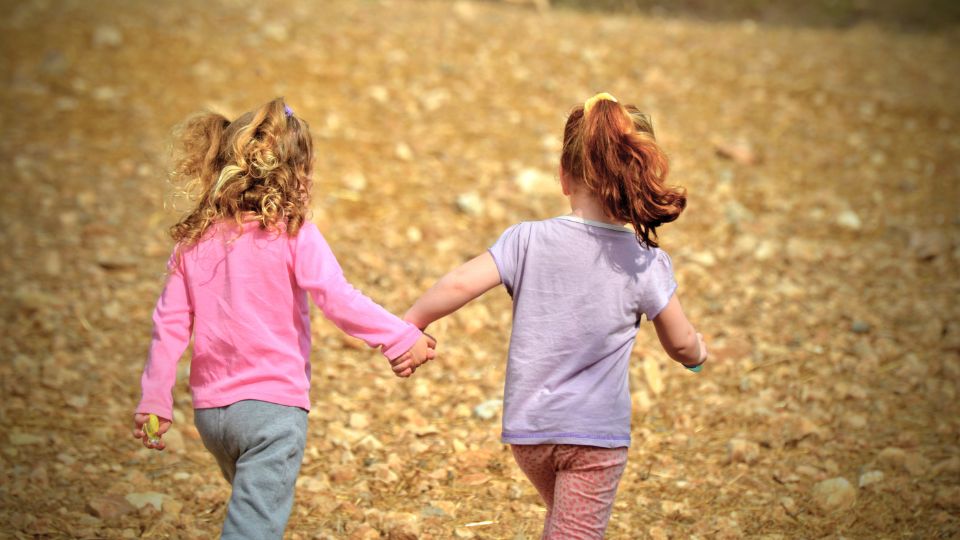
In the tribe that is modern-day society, saying “thank you” is both expected and appreciated by our clansmen.
Now, I do not disagree that from a developmental standpoint, very young children do not understand the true meaning of saying “thank you.”
They are, after all, little narcissists for the first few years of life at least.
They are hard-wired to believe that the world is all about them. Surely they deserve that present, right?
But for young children, doing comes long before meaning.
Think potty training. Long explanations won’t persuade your child on this one.
Sitting her on the potty and giving her a reward will.
It will be years before she can actually explain why using the toilet is better than pooping in her diaper.
And so it is with manners.
Your child will learn manners by “doing” them first — by going through the motions, really – before she ever understands the meaning.
But here’s your challenge: it’s way easier to teach a very young child to say “please,” for the simple reason that the child is motivated.
She wants something. She learns very quickly that if uses the right word, she (often) gets what she wants.
Getting a child to say “thank you” is trickier. The child has already gotten what she wants, so why should she bother? What’s in it for her?
Alas, it’s up to you to help her establish the habit, whether she likes it or not.
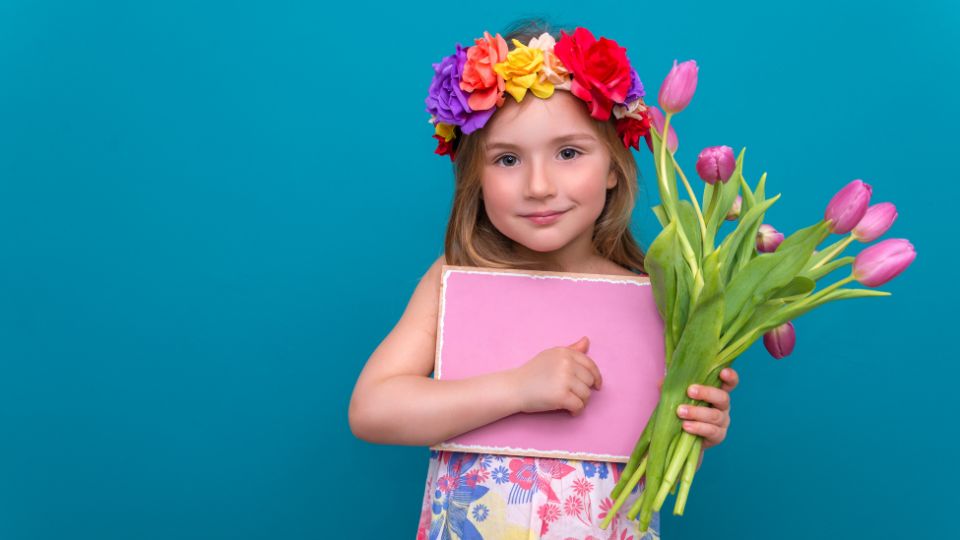
Strategies for teaching your child to say “thank you” like a champ
Start ’em young
As soon as your child can understand your instructions — even if she can’t yet talk herself – coach her to express thanks in some way. Say, “Can you say ‘thank you’ to Grandpa by giving him a hug?”
Your child understands “hug,” and will start to associate the action (hug) with the words (thank you).
The lesson she is learning is that when someone gives you something, you have to take a moment to acknowledge them.
It can be a hug, a handshake, a nod, or some simple words. But some acknowledgment is required.
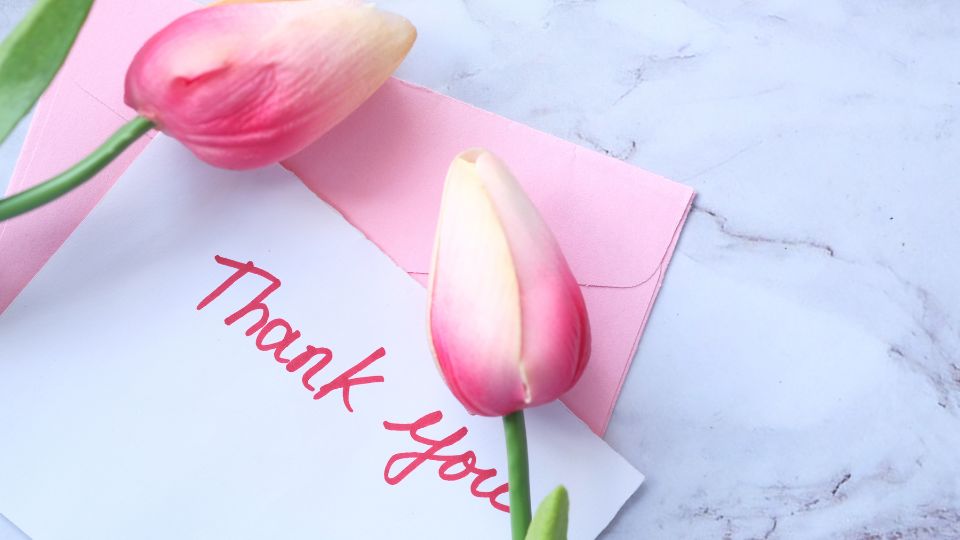
Set reasonable expectations for yourself AND anyone else who will be giving a gift to your child
Prep Grandma by telling her, “We’re working on saying ‘thank you’, so expect to see me doing some coaching.”
That way, your company won’t be offended when you prod your child to say “thank you” after each and every gift.

Establish a code or secret gesture to serve as a reminder
This works especially well with the preschool and kindergarten sets. The sign language gesture for “thank you” can work well — it looks a lot like blowing a kiss — but I found that my children did, in fact, confuse it with blowing a kiss.
Therefore, we use the signs “T” + “U” + to point in direction of the person to whom the gratitude should be directed (see image above).
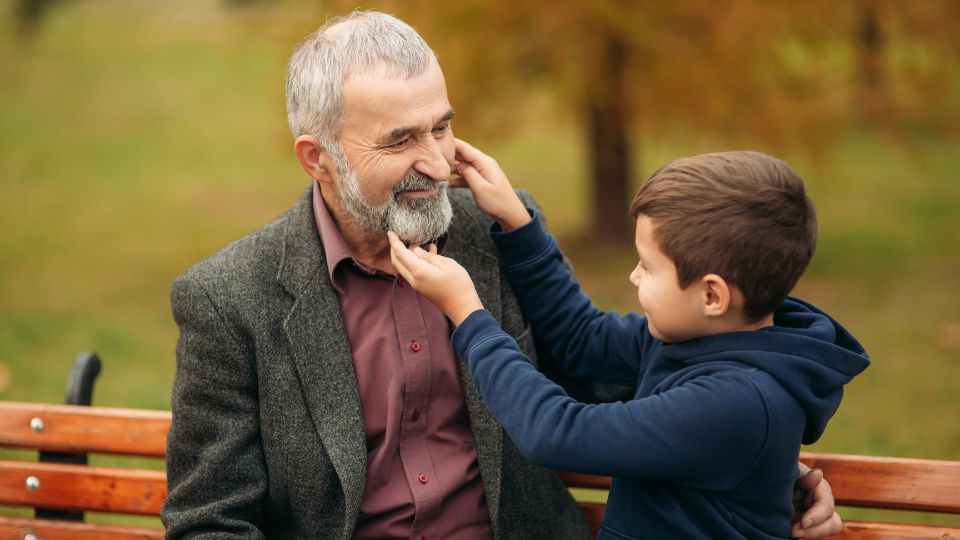
Practice early and often, especially leading up to the big day
Make it a game. Tell your child that you are going to try to trick her.
Then, randomly stop what you are doing, look at your child, and give the signal.
She should chirp, “Thank you!” and lavish you with feigned adoration.
When practicing, or whenever, say “you’re welcome.”
Again, this is about modeling behavior and setting up the ritual.
Understanding why we say “you’re welcome” is not important now.
Don’t let the present opening be a free-for-all
Put all presents in the pile and control that pile.
Disperse one at a time.
If your child opens one, then comes back to you for another without having thanked the gifter, give her the signal. Do not distribute another gift until this is done.

Tell your child you are proud of her when she says the word
Try, “Oh, you said ‘thank you’ so nicely to Grandpa.
That makes Mommy so happy.” Reinforce, reinforce, reinforce.
CAUTION! Do NOT be a tyrant, and do not punish your child for not saying thank you!
You don’t want the act of giving thanks to be associated with fear or anxiety.
If your child misses one or two, remind her gently to try harder to remember next time.
You can clean up for your child with the gifter, with a simple, “Sorry about that, we’re still working on this skill.” Hopefully, they will understand. If not, so be it.
Finally, don’t stop your coaching after the big day!
Remember: after learning to say “please”, saying “thank you” is the next milestone on the path to politeness.
It’s a harder one, but it sets the stage for a well-mannered child who will be well-liked by her tribe.
